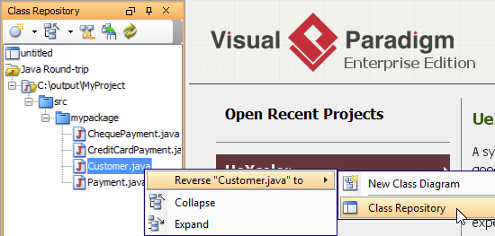
This expression of blueprint, therefore, could be an online visual paradigm that promotes original ideation in designing process flows. Modeling new sequences of process – and intelligent sub-systems – is rendered possible through the use of flow diagrams. Flowcharts also enable ideation on multiple planes, and encourage individuals to discover new concepts and frameworks. Such a technique could assist, for instance, technologists and scientists working to invent new modes of transportation that generate a minimal impact on the natural environment.

Collaborators could marshal their collective experience to etch the contours of new diagrams, populating each segment with reams of information. We could view such collaboration as a collective effort that seeks to generate new editions of flowchart-based visual expressions. For example, digital technologies enable ideators and creators to develop lines of collaboration among geographically dispersed individuals. Interesting instances/models of flowchart may emerge when we consider the possibilities offered by this online visual paradigm. Architects of this modern blueprint can develop said paradigm in different directions, imbue flowcharts with variant grades of meaning and context, develop new lines of thought, and embark upon voyages of insight and discovery. In this overarching context, we may consider flowcharts as an online visual paradigm, one that promotes ideation, investigation, revision, experimentation, and deep visualization. The World Wide Web also serves as a connector, an enabler, a promise, and a vast new resource of infinite possibility – in terms of commerce, research, technology, and human advancement. Heavy investments of the human intellect, as also monetary resources and tech-based acumen have elevated online technologies to a new global paradigm. We may view the online domain as a new, mature functional frontier that distinguishes the march of human civilization.


“Visualization is daydreaming with a purpose.” – Bo Bennett


 0 kommentar(er)
0 kommentar(er)
